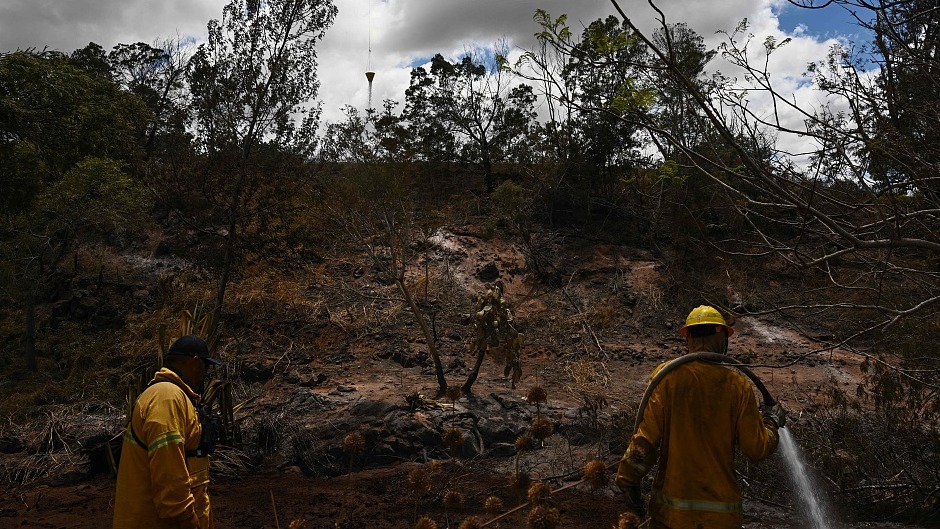The serene landscapes of Hawaii have been marred by a tragic disaster, as the death toll in the state’s wildfires continues to rise. With the possibility of the toll doubling over the next ten days, the Governor of Hawaii, Josh Green, has sounded an alarm that more fatalities are imminent. As the state reels from the devastation, emergency personnel are painstakingly combing through the charred remains in search of human remains. The situation remains grim as rescue workers uncover 10 to 20 bodies each day, revealing the scale of the catastrophe.
Unprecedented Death Toll and Ongoing Search Efforts
The wildfires raging through Hawaii have exacted an unprecedented human toll, with the death count reaching 99 and the grim possibility of it doubling within a mere ten days. Governor Josh Green, speaking to CNN, declared that the previously confirmed number of 99 lives lost is set to rise significantly. The dedicated efforts of emergency responders, aided by cadaver dogs, have been focused on meticulously searching hundreds of homes and vehicles consumed by the fires. This painstaking process has revealed that the catastrophe could claim even more lives, with between 10 and 20 victims being discovered daily.
Identification Challenges and Communication Woes
The scope of destruction wreaked by the wildfires has thrown up formidable challenges in the identification of human remains. The intense heat of the fires has led to the disintegration of some bodies as they are unearthed, complicating the already heart-wrenching task of identifying victims. Simultaneously, the crisis has exposed communication vulnerabilities, as power outages and delayed cell phone network restoration have hindered the reconnection of displaced residents. The quaint town of Lahaina, which harbored a vibrant community and bustling tourist avenues, now grapples with these dual challenges.
Climate Crisis Amplifying Natural Disasters and Accountability Questions
The catastrophe that has befallen Hawaii is not isolated, but rather part of a broader pattern of extreme weather events worldwide. The escalating frequency and severity of these events, including wildfires, heatwaves, floods, and hurricanes, are increasingly attributed to human-induced global warming. Scientists highlight how these changes exacerbate natural hazards, rendering them more deadly and widespread. In the aftermath of such tragedies, questions naturally arise about the preparedness and response of authorities. Reports indicate that some fire hydrants ran dry during the initial stages of the wildfire, while a class-action lawsuit targets the state’s largest power company for alleged negligence.
The unfolding tragedy in Hawaii’s wildfires paints a grim picture of the state’s struggle to contain the catastrophe. With an ever-increasing death toll and the potential for it to double, the efforts of emergency responders are tirelessly focused on scouring the charred landscape for human remains. However, alongside these challenges, the crisis has exposed underlying communication issues and ignited discussions about the broader implications of climate change on natural disasters and the accountability of those in charge.















